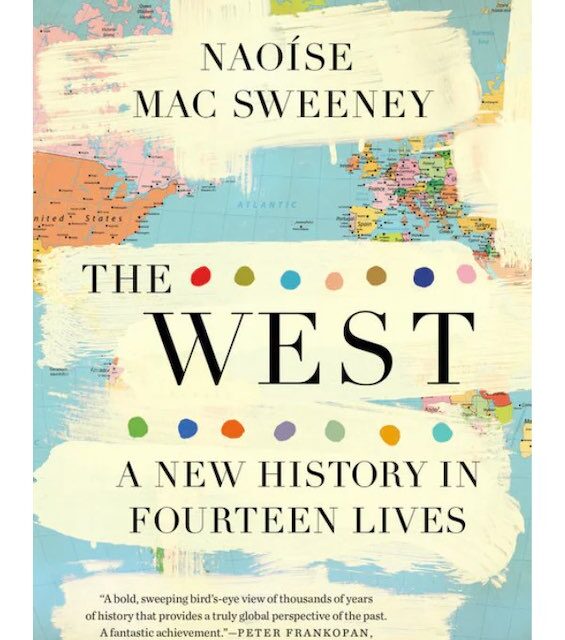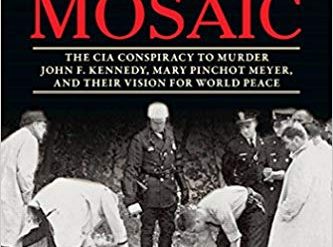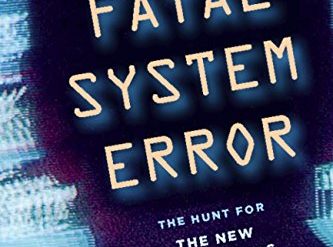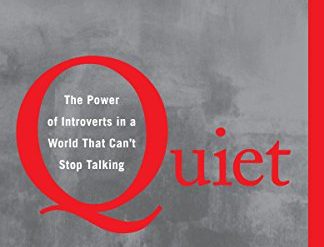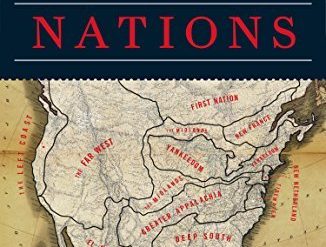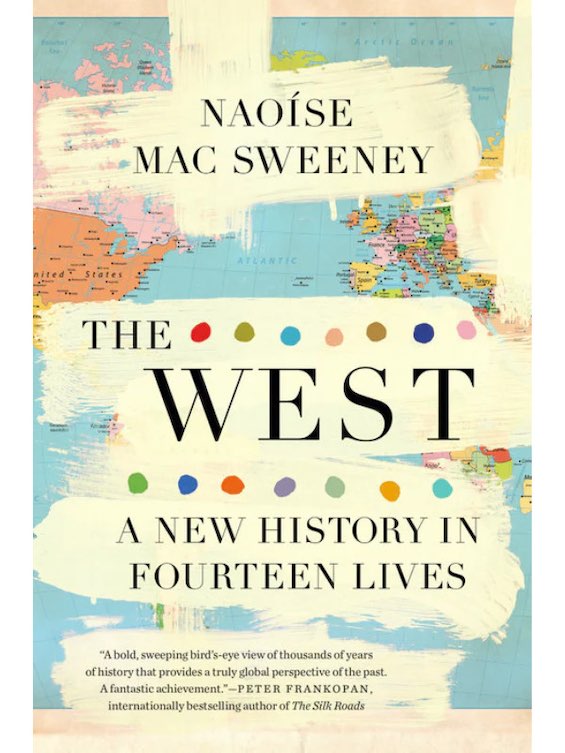
Estimated reading time: 7 minutes
Odds are strong that you first became fully aware of the term “Western Civilization” through an introductory survey course in college or AP history in high school. And you’ve lived your life since then believing that “the West” boasts “a common origin resulting in a shared history, a shared heritage, and a shared identity” grounded in the classical era of Greece and Rome. But younger historians are now rethinking Western Civilization. Writing with great clarity, history professor Naoise Mac Sweeney challenges the origin myth in her brilliant new book, The West.
We imagine “Western history as unfurling unbroken back in time through Atlantic modernity and the European Enlightenment,” she writes, “back, ultimately, to its origin in the classical worlds of Rome and Greece. This has become the standard version of Western history, both canonical and clichéd. But it is wrong. It is a version of Western history that is both factually incorrect and ideologically driven.” With a sure hand, Mac Sweeney “unpicks and unpacks the grand narrative” known as “Western Civilization” in the four hundred pages of this endlessly fascinating survey.
The West: A New History in Fourteen Lives by Naoise Mac Sweeney (2023) 448 pages ★★★★★
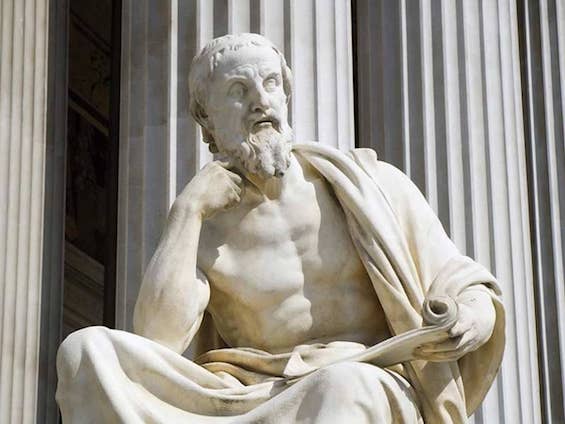
The principal elements of the case against “Western Civilization”
To sum up Mac Sweeney’s argument isn’t easy. She traces the evolution of the concept of “Western Civilization” through the shifting sands of intellectual history. But here, greatly simplified, is the gist of it . . .
Greeks and Romans weren’t “Western” or “European”
Neither the Greeks nor the Romans considered themselves “Western” or “European.” And the inhabitants of what we now call Europe didn’t, either. Those concepts didn’t arise until more than a thousand years after the two empires had faded into history. In fact, both empires straddled the three continents circling the Mediterranean Sea—including Asia and Africa as well as today’s Europe. And both Greece and Rome looked to Troy—in Asia—for their origins. (The city-state of Troy lay in western Anatolia, in present-day Turkey.)
The past was never “Greco-Roman”
The people who called themselves Greek or Roman were at odds for centuries and never identified with each other. “The concept of the Greco-Roman world as a single entity—the basis for classical antiquity— was born, not reborn,” Mac Sweeney writes. It emerged gradually in Renaissance Italy beginning in the fourteenth century. However, even then “Europe was not necessarily seen as being the sole heir to the Greco-Roman legacy. Nor was the Greco-Roman past assumed to be the only fount of European culture.” The Italians knew better. Their lives, and those of their ancestors, had been profoundly shaped by developments throughout the Mediterranean, on all three continents. Islamic culture was especially influential.
Ideas needed to justify empire-building
Later, in the Enlightenment of the seventeenth and eighteenth centuries, “improvements in maritime transport, armaments, and military technology” gradually emerged, enabling Europe to establish dominion over the planet. “All that was needed was the ideological novelty of a civilisational grand narrative to make Western imperialism morally and socially acceptable,” Mac Sweeney asserts. The answer lay partly in the concept of “Western Civilization.” But defining Europe in opposition to “the Rest” was only part of the solution.
Setting off the West from the Rest
The other elements that underpinned imperialism were Christianity and racism based on skin color, which defined the people of “the Rest” as inferior to their colonizers. “Western ideas about racial distinction and hierarchy began first to emerge and then to crystallize in the sixteenth and seventeenth centuries, although it was not until the eighteenth century that these ideas became more systematic and assumed a ‘scientific’ veneer.”
Only in America did the concept emerge fully fleshed
By the latter years of the eighteenth century, American colonists began to ground their case against the British monarchy in the language of the Enlightenment. But they went further. Among the most convincing arguments they put in play was the notion that the torch of “Western Civilization” lit by Greco-Roman values had passed from Europe to the Americas. Only here, in the newly emerging United States, was that heritage in full flower. “North America remained unblemished by the decadence of the Old World, and was therefore the rightful heir to millennia of European culture,” Mac Sweeney writes of the revolutionaries’ thinking. And, using tortured reasoning, they enshrined the concept of “freedom” as its central aspiration—despite the fact that so many of the Founding Fathers were slaveholders. Racism allowed them to slither out from the contradiction.
Doubts emerged in the 20th century
That contradiction, and other flaws in the case for “Western Civilization,” began coming under fire in the twentieth century, most prominently in the work of the Palestinian American scholar Edward Said. “By highlighting [the] interplay between politics and culture,” Mac Sweeney explains, “Said laid the foundations for a reassessment of Western Civilisation, allowing us to see it for what it really is—an invented social construct, one that is extremely powerful and has far-reaching consequences in the real world, but a construct nonetheless.”
Rethinking Western Civilization through biography
Mac Sweeney artfully tells this tale through the lives and work of fourteen individuals. Some are familiar. Herodotus (484-425 BCE?), the “Father of History.” Francis Bacon (1561-1626), credited with originating the scientific method. Liberal British Prime Minister William Ewart Gladstone (1809-98). American academic Edward Said (1935-2003), who championed the Palestinian cause. And now-retired Hong Kong Chief Executive Carrie Lam (1957-). But most are likely to be unknown to the majority of readers, even though among them were emperors, eminent scholars, and powerful nobles who were the celebrities of their day and sometimes famous for decades to come. By placing them in the context of their times, Mac Sweeney demonstrates how their thinking reveals the evolving concept of “Western Civilization” as we have come to know it through college courses of that name and the news media. It’s a truly fresh approach to the past, and profoundly thought-provoking.
About the author

Naoise Mac Sweeney is a Professor of Classical Archaeology in the Institute of Classical Archaeology at the University of Vienna. Born to a Chinese mother and an Irish father in London in 1982, she obtained an undergraduate degree in Classics at the University of Cambridge, a Master’s in History at University College London, and a PhD at Cambridge in 2007. She is the author of six books.
For related reading
This is one of The 21 best books of 2023 and of the top 10 nonfiction books that changed my thinking.
For another brilliant book of intellectual history, see The Swerve: How the World Became Modern by Stephen Greenblatt (An historian explains how we came to think the way we do).
You’ll find other great books about the people and events of the past at:
- 20 top nonfiction books about history
- Gaining a global perspective on the world around us
- 10 great biographies
And you can always find my most popular reviews, and the most recent ones, on the Home Page.

